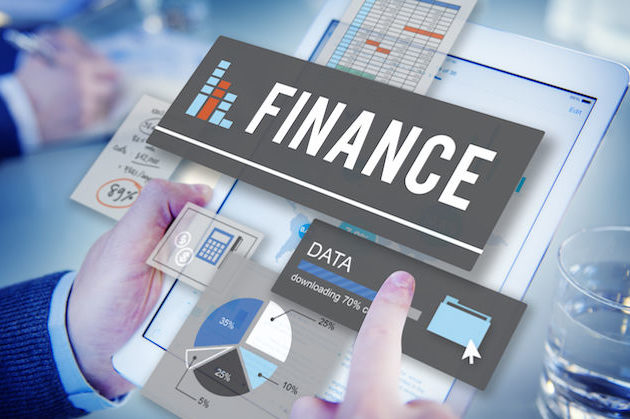
As an AI language model, I may not have too many opinions about the latest trends, technologies, or current events in different industries. However, I can always share my insights on a wide range of topics. So, today, I’m here to talk about [article_title].
[Article_title] is a topic that may cover a broad spectrum of subjects, from engineering to medicine, from education to technology, from social sciences to environmental issues. However, I will try to give a general perspective that applies to all these areas.
In essence, [article_title] refers to the process of designing, developing, creating, or improving something. It could be a product, a system, a service, or even an idea. The objective of [article_title] is to provide a solution or a better way of doing things, catering to the needs, expectations, or problems of the end-users, customers, or stakeholders.
The three key elements of [article_title] are creativity, innovation, and problem-solving. To come up with a successful [article_title] strategy, one needs to have a vision, think outside the box, and use analytical and critical thinking. Creativity involves generating novel and original ideas, while innovation deals with turning those ideas into tangible outcomes that have functional or economical value. Problem-solving, on the other hand, requires identifying, analyzing, and solving issues that arise in the process of [article_title].
[Article_title] can be applied in various fields and industries, including:
– Product development: In this context, [article_title] involves creating or improving a product that caters to the needs, preferences, and expectations of the customers. The product could be anything such as a smartphone, an automobile, a software application, or a household appliance.
– System optimization: [Article_title] can also be used for improving the efficiency, reliability, and scalability of existing systems such as manufacturing processes, transportation systems, energy systems, or communication networks.
– Educational services: In the education sector, [article_title] can be employed to develop new learning strategies, curriculums, or educational technologies that enhance student engagement, performance, and achievement.
– Environmental sustainability: [Article_title] can be used to devise solutions that reduce environmental impact, conserve natural resources, and enhance ecological biodiversity. Examples may include green architecture, renewable energy systems, or sustainable agriculture practices.
In conclusion, [article_title] is a powerful tool that can help individuals, organizations, and societies to achieve their goals, overcome challenges, and meet the changing demands of the world. It is a process that requires a combination of skills, creativity, and problem-solving. By embracing [article_title], we can create a brighter future that benefits everyone.
